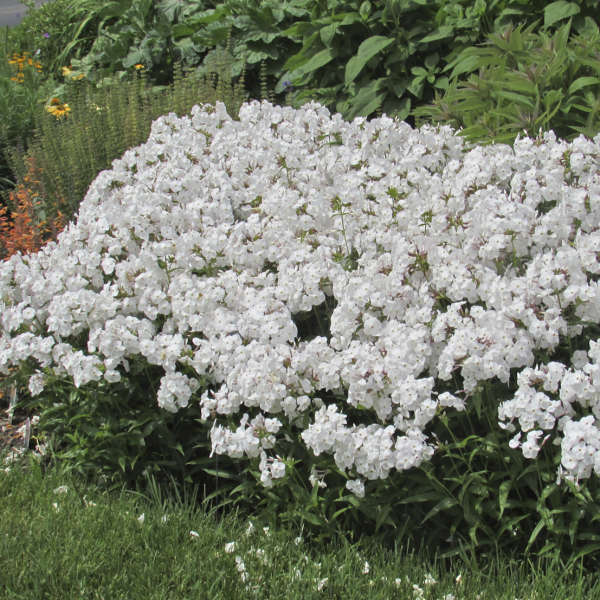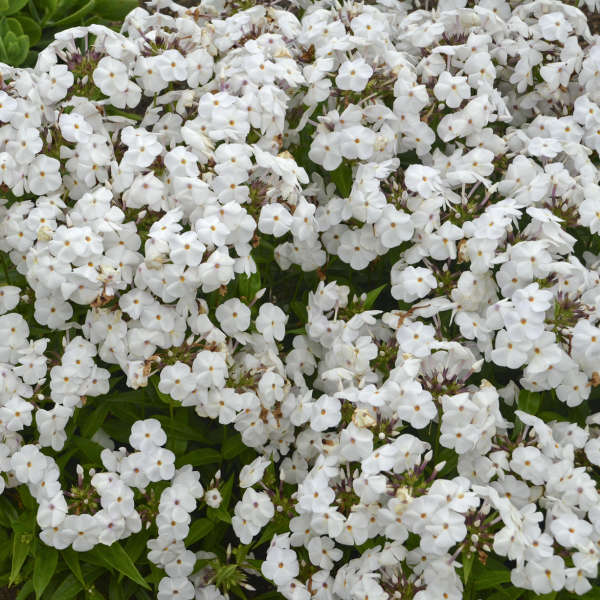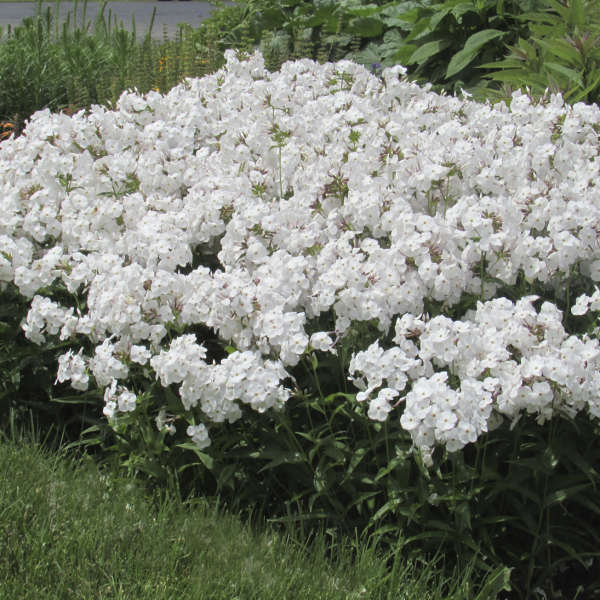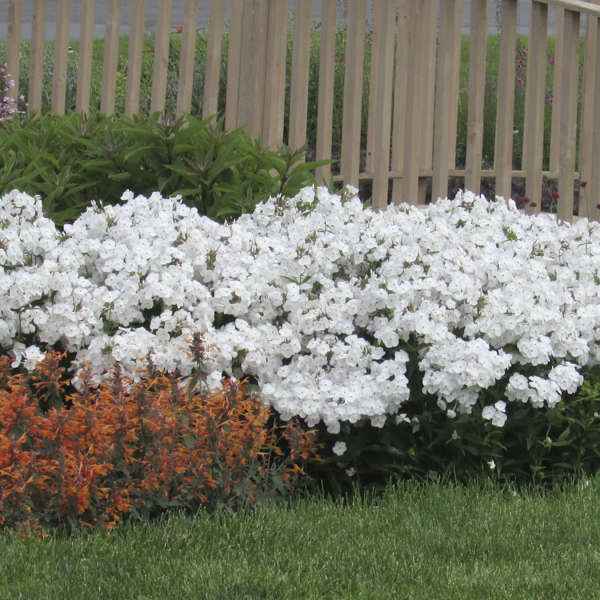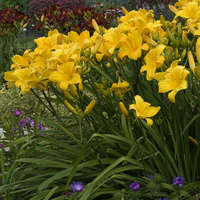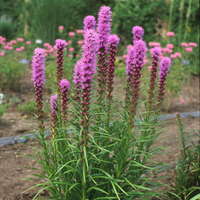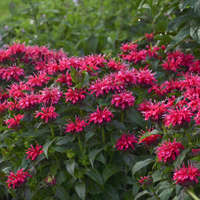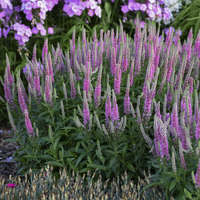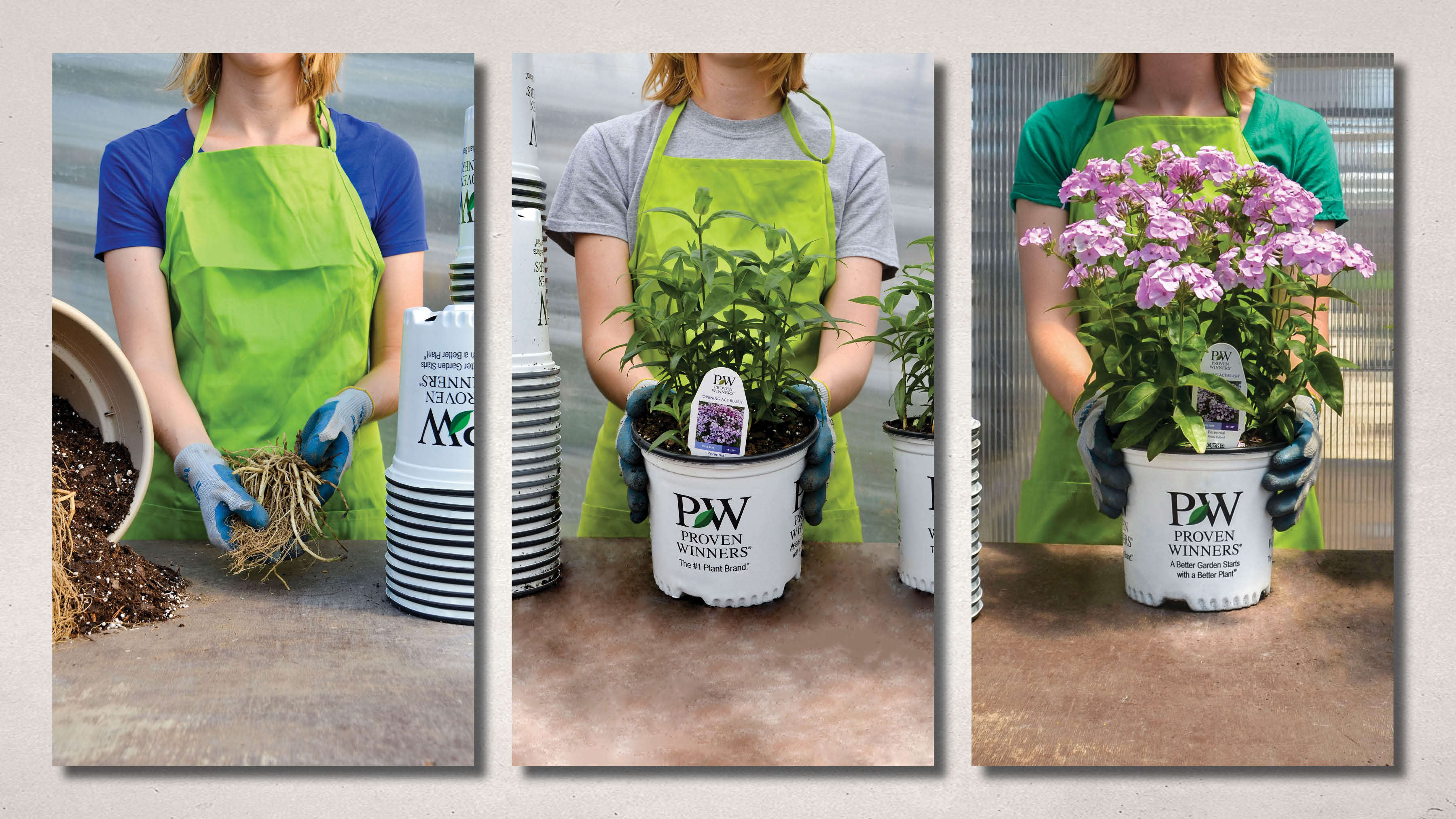Phlox 'Minnie Pearl'
Common Name: Hybrid Phlox
An especially early bloom time, incredible disease resistance, and a slowly spreading habit set this white flowering Phlox apart from similar cultivars.
‘Minnie Pearl’ was discovered growing along the roadside in Kemper, Mississippi by plantswoman Karen Partlow. It appears to be a naturally occurring hybrid of P. maculata x P. glaberrima, though it has a nice upright habit like the P. paniculatas.
Clusters of large, pure white flowers completely cover the glossy, green foliage from early to late summer. In warmer zones, this plant reportedly begins blooming in April, long before P. paniculata. The relatively short plants spread slowly to form a 2' wide clump in about 3 years.
These perennials are a favorite of gardeners around the world and a staple of North American native gardens. Be sure to locate these plants in full sun for the best flowering performance and to help avoid powdery mildew concerns. A favorite of pollinators.
